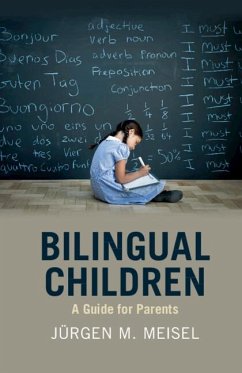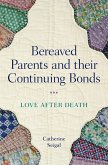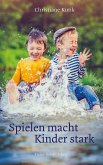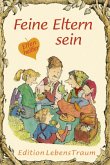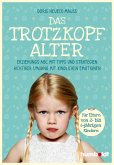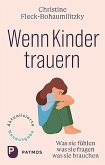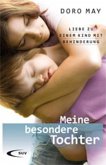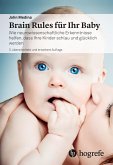Are you raising your child bilingually, or planning to do so in the future, but are unsure how to proceed? Using a question-and-answer format, this practical and reassuring guide will enable readers to make informed decisions about how to raise their child with two or more languages. To grow up bilingually is a necessity or an opportunity for more children today than ever before. However, parents are frequently uncertain about what to do, or even fear that they may be putting their child's development at risk. Disentangling fact from myth, it shows that a child can acquire more than one 'first' language simultaneously and that one language need not have negative effects on the other. Each chapter is devoted to a question typically asked by parents in counselling sessions, followed by a concise answer, summaries of the evidence and practical tips.
'Prospective parents considering raising their children with two or more languages or parents who are already doing so will find this book by an eminent child bilingualism specialist invaluable. A combination of deep insights based on solid scientific research and well considered common sense, together with attention to families' well-being, make sure that this guide will greatly help families on their bilingual path.' Annick De Houwer, Universität Erfurt, Germany

